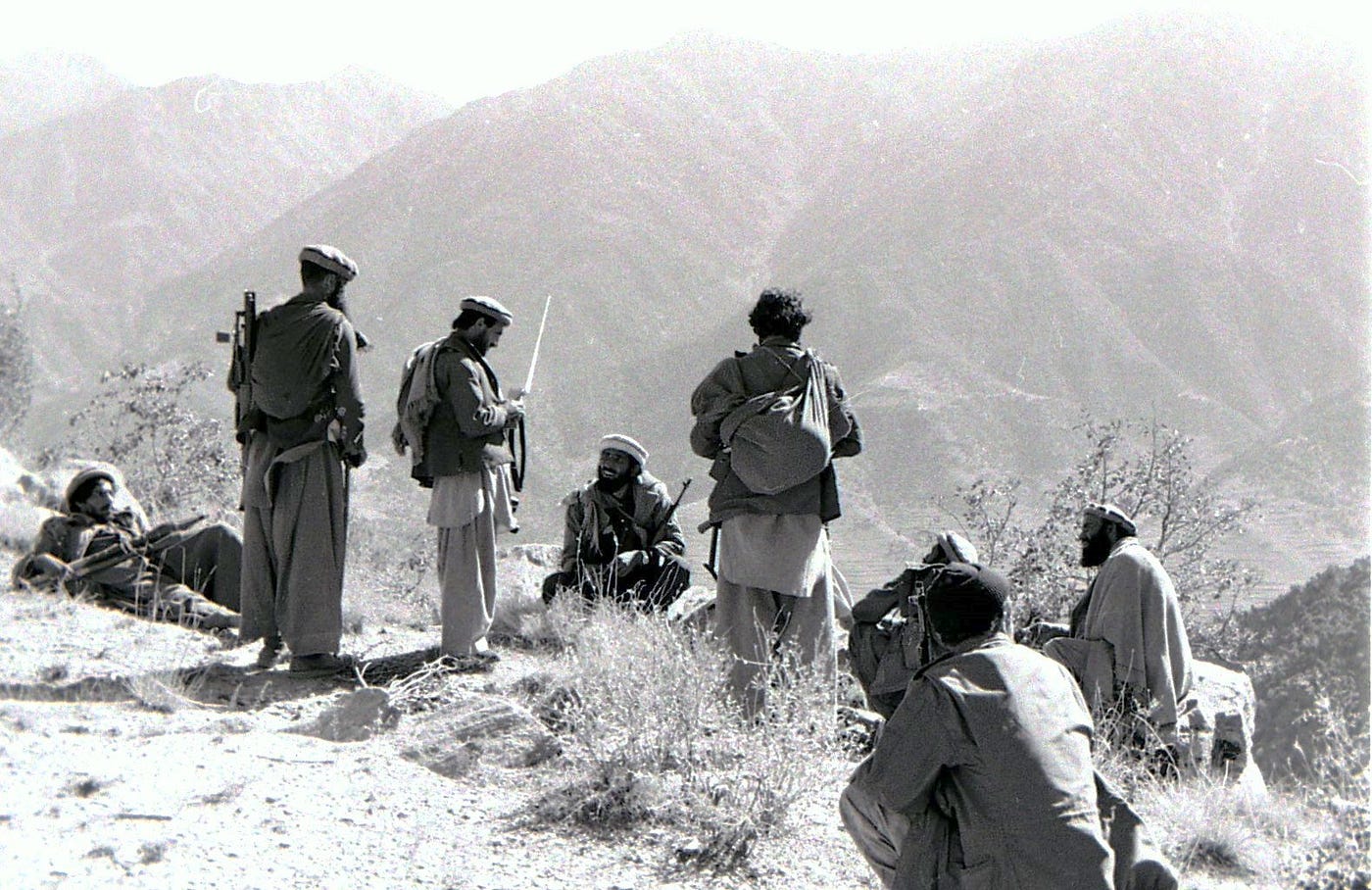Afghanistan, a multiethnic and landlocked country at the crossroads of Central and South Asia surrounded by Pakistan, Turkmenistan, Uzbekistan, Iran, Tajikistan, and China. The history of the country is much more deep-rooted and vast than one can think.
The not so easy to understand demography has been the land of enormous diversities and has seen the influence of world politics on its land quite well. The land has witnessed many military campaigns including those by Mughal Arabs, Mongols, Soviets, Mauryas, and of course Americans.
Afghanistan has never been an easy country to govern. Rulers after rulers and nations after nations have come and it can be said with little hesitation that this is where it got its nickname ‘’Graveyard of
Empires” from which fits quite well even today.

As mentioned how Afghanistan has been a home of different cultures, diversities, and religions as well. Islam is the most followed faith (99.7 per cent (Sunni 84.7 – 89.7 per cent, Shia 10-15 per cent, and other smaller sects), Sikhism, Hinduism, Judaism. The minorities are those following Hinduism, Sikhism, or Judaism. The Hindus and Sikh communities are still residing in their homeland but the number has declined from 60,000 in 1992 to under 300 now. Nearly about 3 million Afghan refugees live outside their own country.
Twenty years after the U.S. withdrawal from Afghanistan, the collapse of Afghanistan civilian government, and takeover by a theocratic ruling body has left the people of the country in disarray, especially the religious minorities. Taliban, the Islamic fundamentalists claim they’ll keep the minorities of the country safe but the past experiences and historical backgrounds suggest otherwise. As of August 21, around 250 Sikhs and Hindus were in Afghanistan when the government collapsed, and out of them, many were not able to access the Kabul Airport. India evacuated nearly 600 people from the Afghan capital which included 67 Afghan Sikhs and Hindus, Anarkali Kaur Honaryar and Narender Singh Khalsa who are lawmakers were two of them.
Talking about the Taliban which arose in the rural area of Kandahar Province in 1994. After two years in 1996 Taliban declared an Islamic Emirate, imposing a harsh interpretation of the Quran and enforcing it with brutal public punishments, which included floggings, amputations, and open and mass executions.
Women were given no rights. Women were not allowed to pursue education and were supposed to look after the kids and remain confined to the four walls of their home in a traditional and patriarchal way.
Apart from this, the Taliban made it very clear in early 2001 that no other religious practices would be tolerated by destroying the statues called ‘’Great Buddhas of Bamiyan’s’’.
Apart from this around 70 Gurudwaras and 30 Temples were destroyed by the Taliban in 2003 which were on the outskirts of Kabul and clearly show how intolerant they are in the idea of the existence of more than one faith together. Pandit Rajesh Kumar, the last Hindu priest of Rattan Nath Temple refused to leave the ancestral temple despite knowing how unsafe he is in Afghanistan.
Thus it can be sadly said that Afghanistan is going through a humanitarian crisis. The minorities are at high risk of harassment and sadly even extinction.
The country is being run by a bunch of Men with regressive and spiteful ideologies. Scary and inhumane visuals have become regular sights in Afghanistan, be it mass execution or suicide bombing. Powerful countries should come forward and pass
conventions against the Taliban’s theocratic rule. The direct or indirect capital provided by countries to the Taliban should be halted. It will take a long time but might give a sense of hope to those being subjugated under the Taliban regime.
Also Read: Gasping For Breath: The Afghan Land